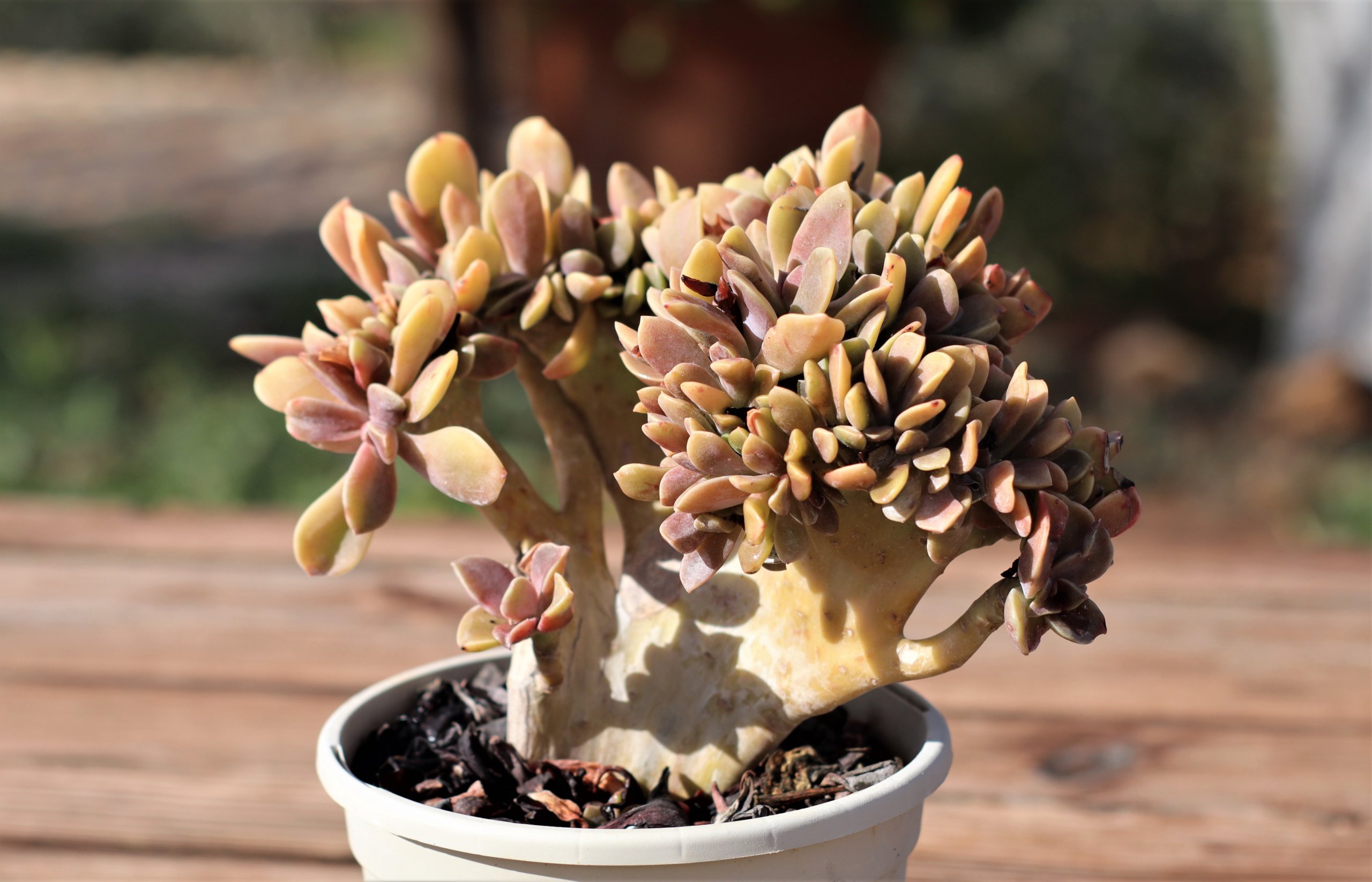What Is a Crested Succulent?
You may have seen succulents with unusual shapes that twist, fan out, or look almost like coral or brain-like ridges. These are not separate plant species but a growth variation caused by changes at the plant’s growing point. A crested succulent forms when the main growth tip is damaged or altered, creating many growing points instead of one.
This change gives the plant a flattened or wavy appearance that sets it apart from typical succulents. Because cresting happens naturally and somewhat rarely, these plants often draw attention among collectors and hobbyists. Their forms can look compact, crowded, and sometimes unpredictable, which makes them stand out in any collection.
As you learn more, you’ll see how cresting develops, what makes these plants unique, and how to care for them so they stay healthy. Understanding these details can help you decide if crested succulents are a good fit for your space and your growing style.
Defining Crested Succulents
Crested succulents develop when the main growth point of a plant changes, causing the stem to grow in a flattened, fan-like way instead of a single, central line. This growth pattern creates unusual shapes that distinguish them from typical succulents.
What Makes a Succulent Crested
A succulent becomes crested when its apical meristem (the main growth tip) is damaged or mutates. Instead of forming one growing point, the cells spread out into multiple points. This forces the plant to grow laterally, producing a wide, wavy ridge.
This process is not harmful to the plant. It simply redirects how new tissue forms. Because of this, crested succulents often look twisted, folded, or undulating compared to their normal counterparts.
The condition is sometimes called cristate or fasciation. These terms describe the same phenomenon: growth that expands sideways instead of upward or outward in a single point.
Common Types and Examples
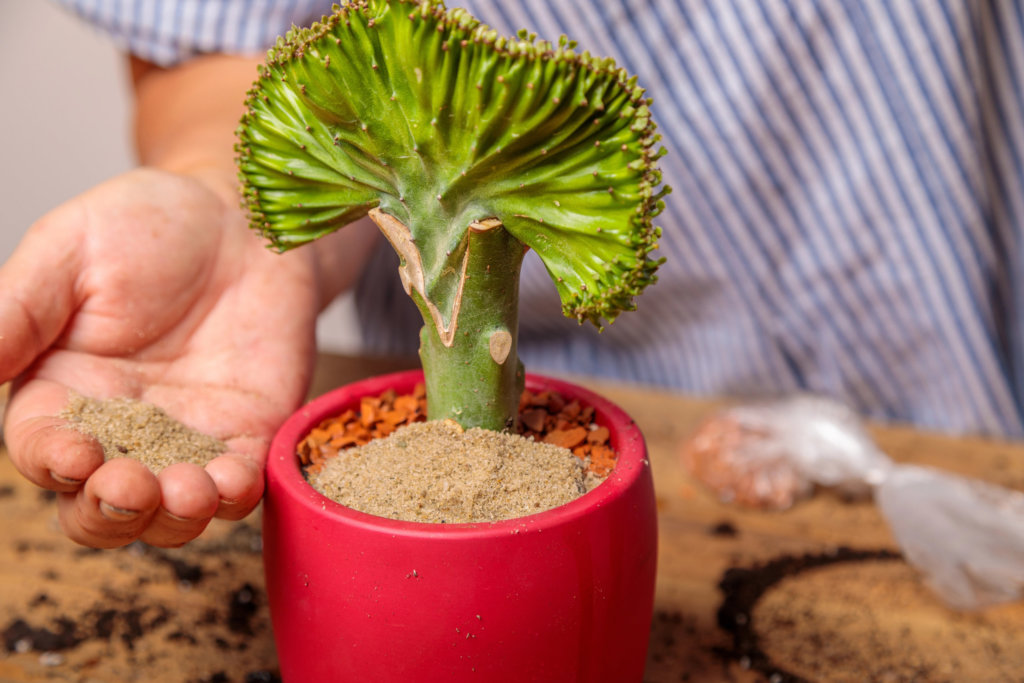
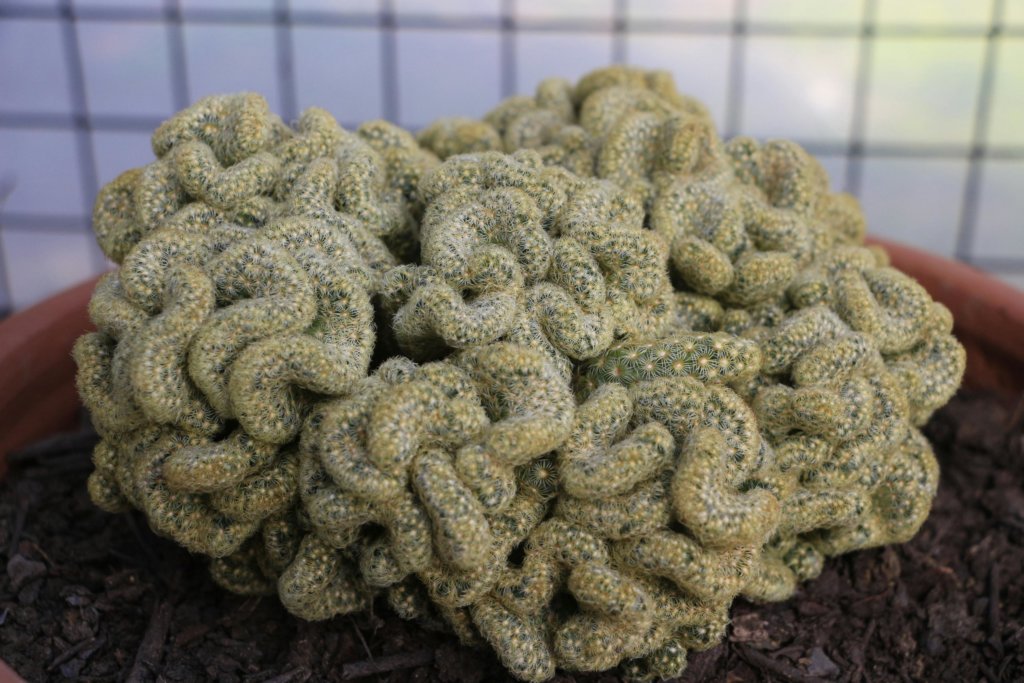
Many succulents can develop crested forms, though not all will. Some of the most recognizable include:
- Euphorbia lactea cristata – known for its coral-like, fan-shaped ridges.
- Brain cactus (Mammillaria elongata cristata) – named for its brain-like folds and curves.
- Aeonium and Echeveria species – which can form wide, rippling crests instead of rosettes.
Crested forms are often sold in nurseries as unique specimens. They may grow slower than normal plants because their energy spreads across many growth points.
These plants are not separate species. Instead, they are genetic or growth variations of existing succulents. This means you might find both normal and crested versions of the same plant type.
Crested vs. Normal Succulent Growth
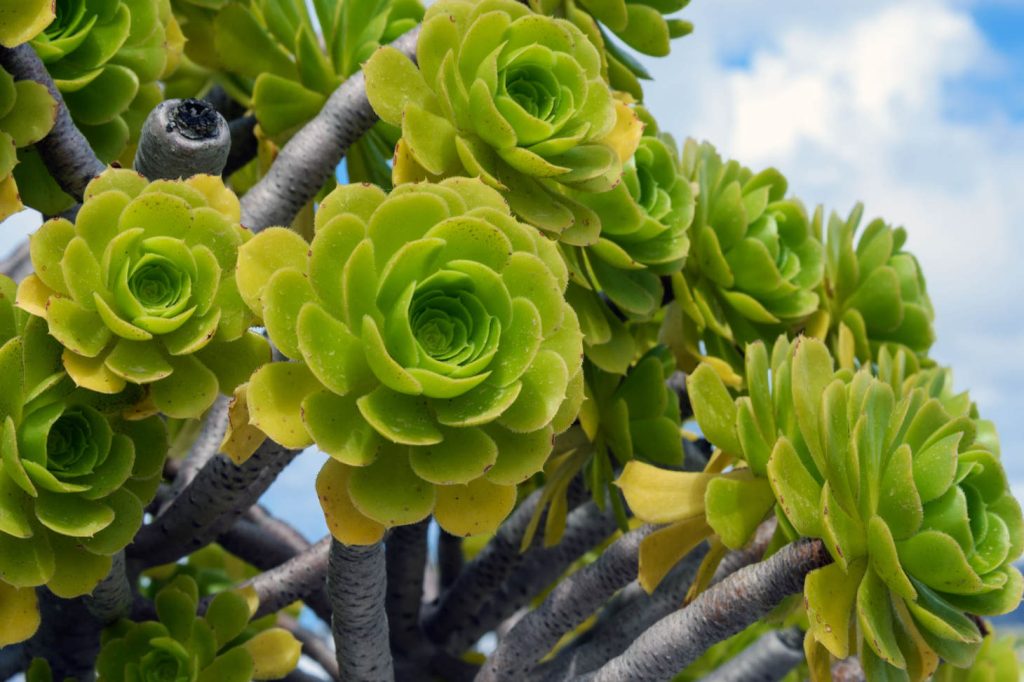
Normal succulents grow from a single apical meristem, creating symmetrical shapes such as rosettes, columns, or pads. This growth is predictable and follows a set pattern.
Crested succulents break from this pattern. Their growth spreads into a fan-like crest rather than a balanced form. This results in compact, crowded structures that look very different from the smooth, even growth of standard succulents.
You can think of the difference as single-point growth vs. multi-point growth. The normal form channels energy into one direction, while the crested form divides it across a ridge, producing unusual and often dramatic shapes.
Causes and Characteristics of Cresting
Cresting happens when normal plant growth changes into a fan-like or wavy form. This unusual shape often comes from changes at the growing tip, but it can also be influenced by outside conditions or stress on the plant.
Fasciation and Genetic Mutation
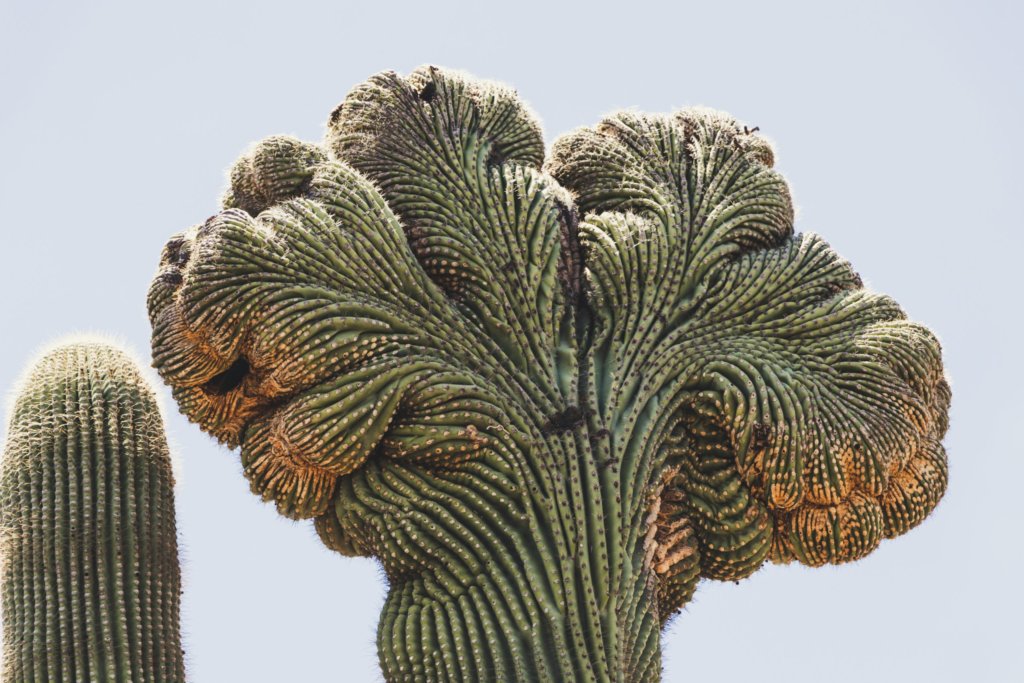
Cresting is a growth mutation called fasciation that alters how a plant’s tissues divide. Instead of forming a single, central stem, the plant produces a flattened or ribbon-like structure. This creates the unique crests that make these succulents stand out.
In many cases, fasciation is the result of a genetic mutation. These mutations are not always inherited but can occur randomly during growth. Once the mutation happens, the plant may continue to grow in this altered form for the rest of its life.
Some researchers also note that pathogens, such as Phytoplasma, may trigger fasciation in certain species. While not the only cause, infections can disrupt normal cell division and lead to crested growth.
Role of the Apical Meristem
The apical meristem is the main growing point of a plant. In a typical succulent, this tissue produces a balanced rosette or column shape. When cresting, or fasciation, occurs, the apical meristem becomes linear or flattened rather than remaining a compact point.
This change alters how new cells form and align. Instead of producing a single point of growth, the plant develops a line of growth that spreads outward. The result is the fan-like or undulating structure you see in crested succulents.
Because the apical meristem controls the overall shape, any disturbance here has long-lasting effects. Once the tissue shifts into cresting, the plant rarely returns to its original growth pattern.
Environmental Influences on Cresting
While genetics play a key role, environmental factors can also influence cresting. Physical damage to the growing tip, such as from pruning or pests, may trigger abnormal growth. Stress conditions, including inconsistent watering or nutrient imbalance, can sometimes contribute as well.
In rare cases, exposure to certain infections or fungi may cause fasciation. These factors disrupt normal growth signals, leading to the formation of crests.
Crested succulents are often more sensitive to their environment than regular forms. They can be prone to rot if overwatered and may require gentler care to maintain their unusual shape.
Crested Succulents in Cultivation
Crested succulents require careful handling because they grow differently from standard forms. They can be propagated, but not always in the usual ways, and their growth habits often include irregular shapes or unusual structures. They may also return to normal growth, so you need to understand how to manage stability over time.
Propagation Methods
You can propagate crested succulents, but success depends on the plant type and condition of the crest. Unlike typical succulents, which easily root from offsets, crested forms can be more challenging. Propagation usually involves taking cuttings directly from the crest itself.
When cutting, use a clean, sharp tool to reduce the risk of infection. Allow the cutting to callus before planting in a well-draining soil mix. Rooting can be slower than with non-crested plants, so patience is important.
Some growers graft crested succulents onto a hardy rootstock. This method provides stronger support and faster growth, especially for delicate crested cacti. However, grafting requires skill and may not always be necessary for hardier species.
Key points for propagation:
- Use sterilized tools to prevent rot.
- Let cuttings dry before planting.
- Consider grafting for weak or slow-growing crests.
Reversion and Defasciation
Crested succulents sometimes revert to normal growth, a process called defasciation. This happens when a section of the plant returns to producing a single growing point. You may see normal stems or rosettes emerging alongside the crest.
If you want to preserve the crested form, you should prune away reverted growth. Leaving normal growth can eventually overtake the crest, changing the plant’s appearance. Use clean tools and remove reverted sections close to the base.
Reversion is common when plants face stress, such as sudden temperature changes or overwatering. Providing stable conditions lowers the chance of defasciation but does not eliminate the risk.
Tips for managing reversion:
- Monitor for normal shoots and remove them early.
- Avoid environmental stressors like extreme heat or cold.
- Keep watering balanced to prevent shock.
Care and Challenges for Crested Succulents
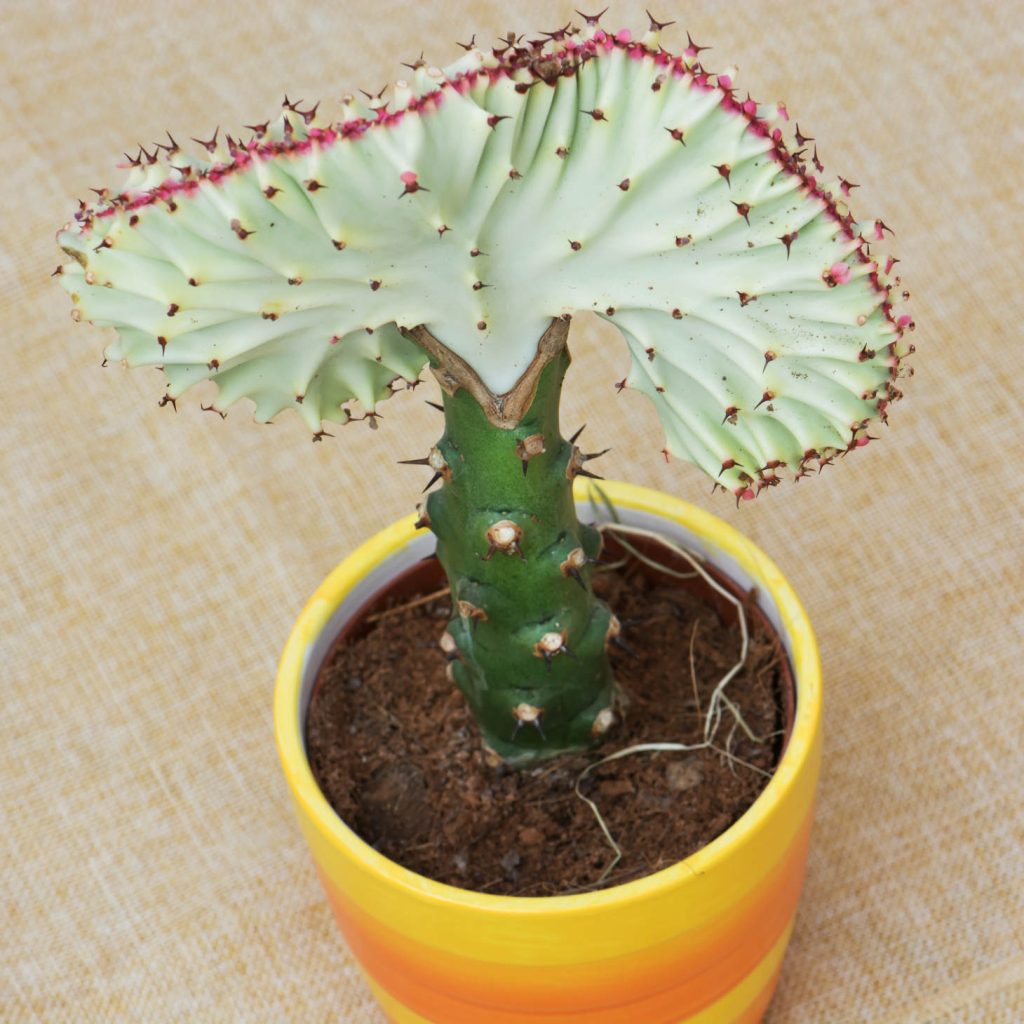
Crested succulents need careful attention to watering, sunlight, and pest control. Their unusual growth makes them more sensitive to stress, so you must adjust your care routine compared to standard succulents.
Watering and Light Requirements
You should water crested succulents less often than regular varieties. Their flattened stems hold moisture, and overwatering can cause rot. Wait until the soil is completely dry before watering again. Use a well-draining mix, such as cactus soil with added perlite or pumice, to prevent waterlogging.
Bright, indirect light works best. Too much direct sunlight can scorch the crested tissue, while low light may cause weak, stretched growth. Indoors, a location with bright, filtered light is ideal. Outdoors, place them in filtered light or partial shade.
Fertilizer should be used sparingly. Apply a diluted, balanced fertilizer during the active growing season, but avoid overfeeding. Over-fertilizing can harm the roots and cause excessive, soft growth, making the plant more vulnerable to disease.
Quick tips:
- Water only when soil is dry
- Provide bright, indirect light
- Use fast-draining soil
- Fertilize lightly during growth season
Pest and Disease Management
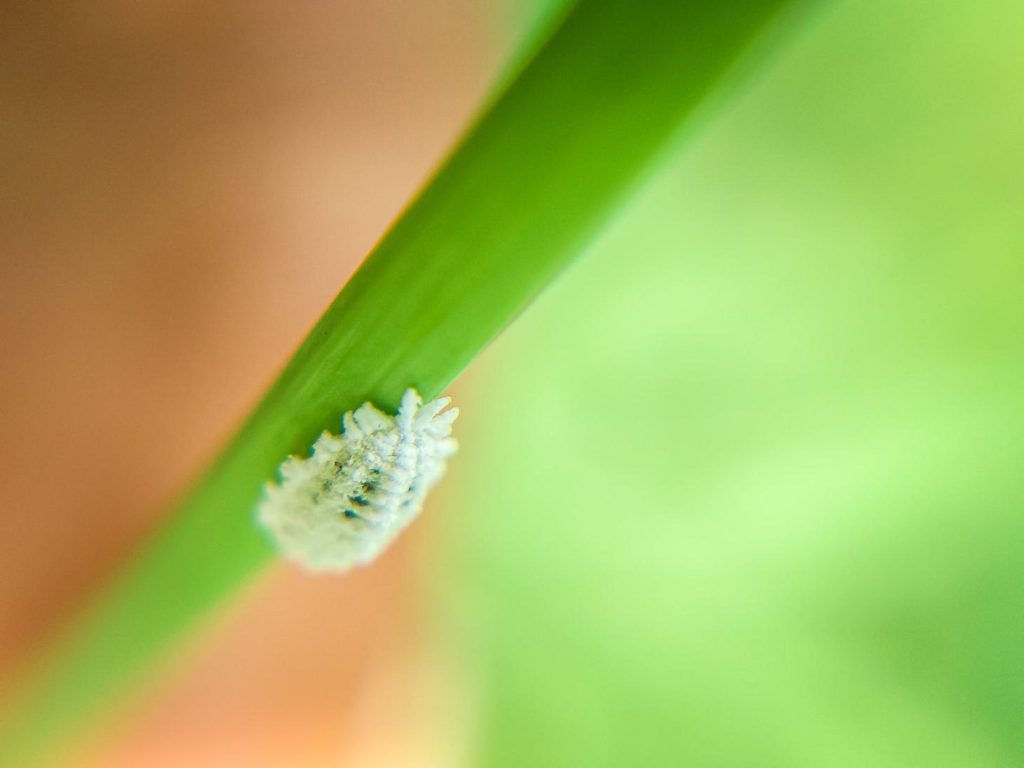
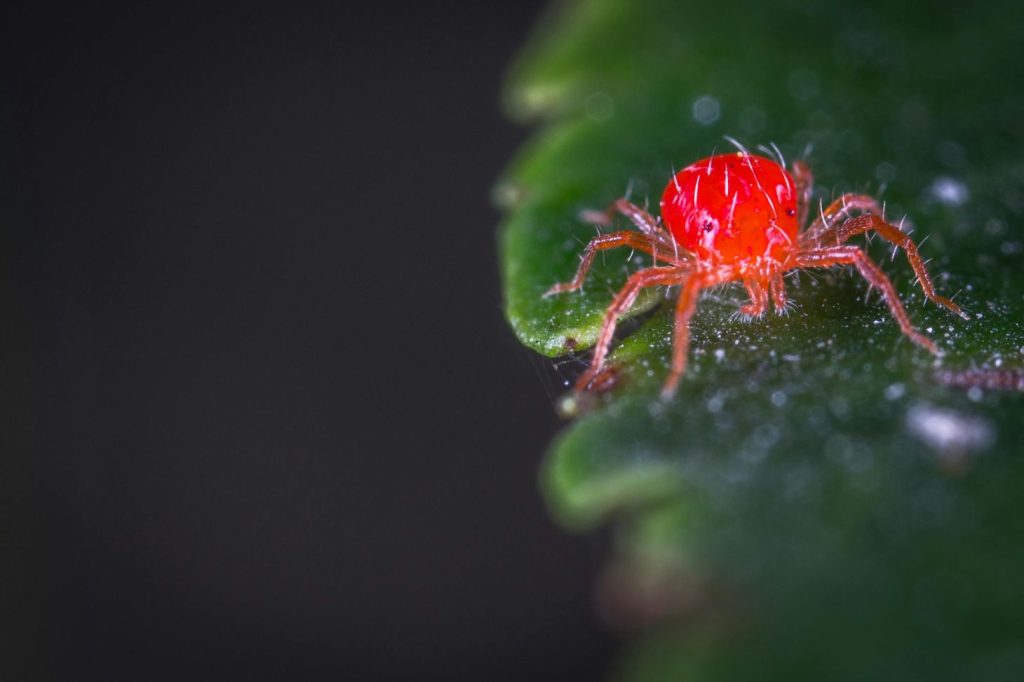
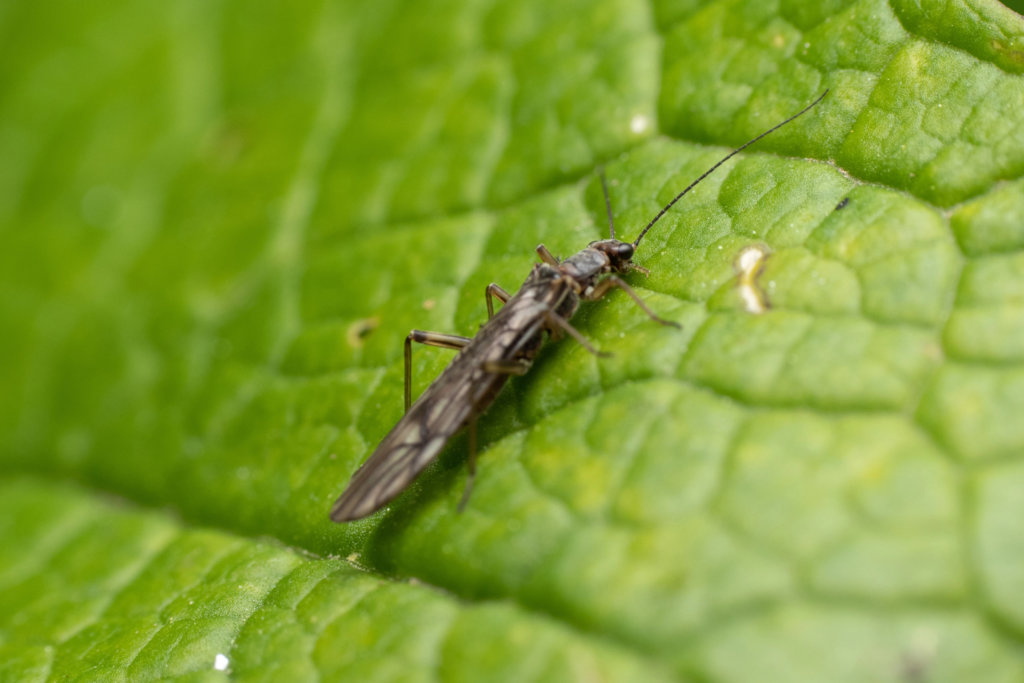
Crested succulents are prone to pests such as mealybugs, spider mites, and thrips. Thrips can cause scarring and distorted growth, which is especially noticeable on crested forms. Inspect the plant regularly, especially along the folds and ridges where insects hide.
You can manage pests with rubbing alcohol applied using a cotton swab, or with insecticidal soap. For thrips, sticky traps and neem oil sprays may help reduce populations. Always test treatments on a small area first to avoid damaging the plant.
Fungal infections and root rot are also common issues. Good airflow, proper soil, and careful watering reduce the risk. Remove any rotting or damaged tissue with a clean tool to stop the spread of disease.
Prevention checklist:
- Check for pests weekly
- Use sterile tools when pruning
- Avoid excess moisture
- Improve airflow around plants
Frequently Asked Questions
Crested succulents need specific care for light, water, and pruning. Their unusual growth comes from a rare genetic mutation or injury to the plant’s meristem (growing point). Different species show unique traits, such as crested forms of echeveria and aeonium.
How do you care for a crested succulent?
You should water only when the soil is fully dry, as overwatering can cause root rot. Place the plant in bright, indirect light to maintain strong growth. Prune carefully to remove damaged parts and keep the crest shape healthy.
What causes a succulent to become crested?
A succulent becomes crested when its apical meristem, the main growth point, experiences damage or mutation. Instead of one central point, the plant develops multiple points that grow together into a fan-like or wavy form.
Where can one purchase crested succulents?
You can find crested succulents through specialty nurseries, online plant shops, and sometimes at local garden centers. They are less common than standard succulents, so availability may vary by region and season.
What are some common types of crested succulents?
Popular examples include crested echeveria, crested aeonium sunburst, and crested euphorbia. Crested cacti, such as certain mammillaria and myrtillocactus varieties, are also widely grown.
How does crested echeveria differ from regular echeveria?
Regular echeveria usually grows in a rosette form with a single center. A crested echeveria grows in a long, wavy ridge instead, creating a fan-shaped structure rather than a round cluster of leaves.
What are the sunlight requirements for a crested aeonium sunburst?
You should give a crested aeonium sunburst bright light but protect it from harsh afternoon sun. Morning sunlight or filtered light works best to prevent leaf burn while supporting healthy color and growth.

